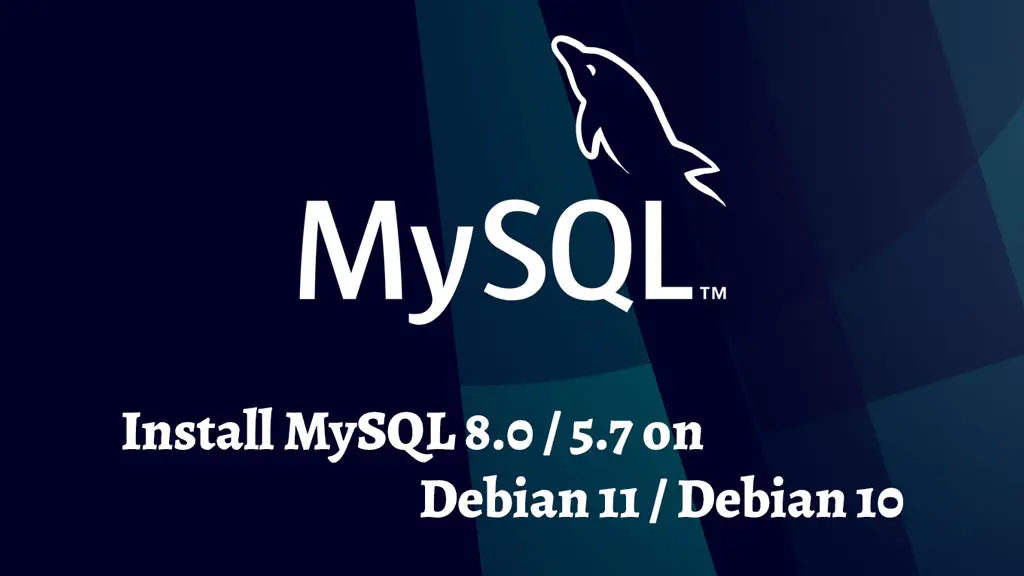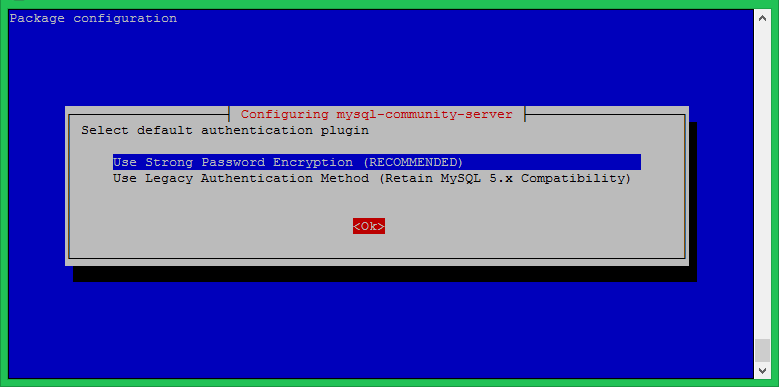

If using MariaDB 10.1 or earlier, and your applications often connect and disconnect to MariaDB, you should set up thread-cache-size to the number of concurrent queries threads you are typically running.If you don't use MyISAM tables, you can set key-buffer-size to a very low value, like 64K.If you have a lot of temporary files, you should add and set aria-pagecache-buffer-size to the same value as you have for key-buffer-size. MariaDB uses by default the Aria storage engine for internal temporary files instead of MyISAM.

However as MariaDB has more features than MySQL, there is a few things that you should consider changing in your my.cnf file. Upgrading my.cnfĪll the options in your original MySQL my.cnf file should work fine for MariaDB. Or, in case you prefer command line, use mysql_upgrade_service on the command line. Thus On Windows, just install MariaDB and use the upgrade wizard which is part of installer package and is launched by MSI installer.

On Windows, you should not uninstall MySQL and install MariaDB, this would not work, the existing database will not be found. You can also use your old MySQL connector packages with MariaDB if you want. The same client protocol and the client libraries are binary compatible.

If you are using MySQL 8.0 or above, you have to use mysqldump to move your database to MariaDB.See Making MariaDB understand MySQL JSON. In particular, note that the JSON type in MariaDB is a LONGTEXT, while in MySQL it's a binary type.Before upgrading, please check if there are any known incompatibilities between your MySQL release and the MariaDB release you want to move to.For all practical purposes, you can view MariaDB as an upgrade of MySQL:


 0 kommentar(er)
0 kommentar(er)
